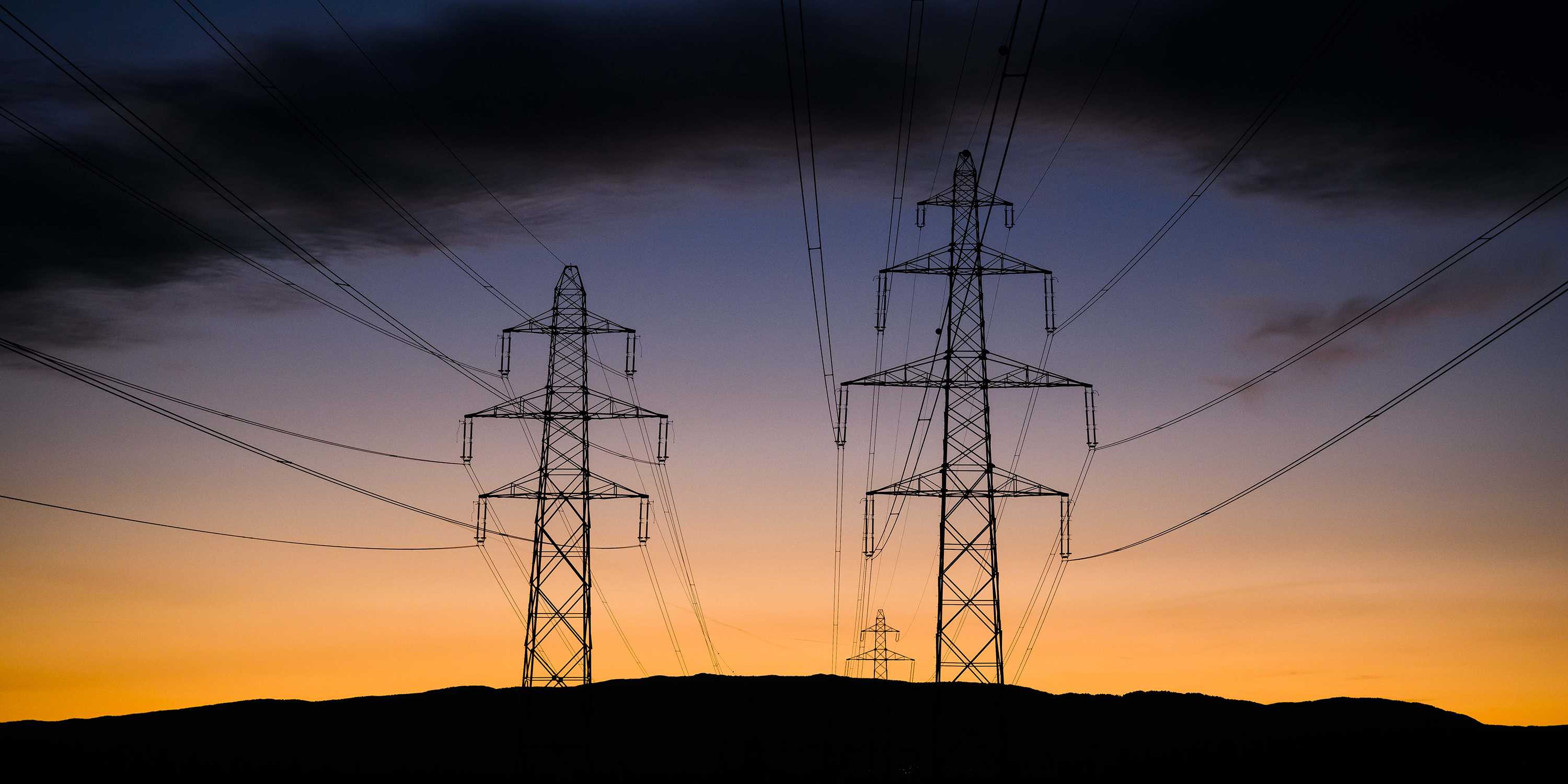ETH and UZH join the Winter Reserve
Working together for greater security of electricity supply: To compensate for a possible power shortage in winter, ETH and the University of Zurich have joined a nationwide pool of emergency power generators. This grouping of emergency generation serves as part of the power reserve for the winter and can provide additional power for Switzerland.

As the 2022/2023 heating period ends, it is evident that ETH Zurich and the University of Zurich – like the rest of Switzerland – have made it safely through the winter, despite a tense situation in energy supply. In addition to the mild weather, the voluntary energy-saving measures and the precautionary measures taken by the authorities also helped to ease the situation.
Nevertheless, the outlook for next winter remains unchanged: in the 2023/2024 heating period, an energy shortage is again possible and must still be averted. This is something universities, the federal government, cantons, cities, municipalities, business and the energy sector all agree on. Throughout Switzerland, efforts to achieve energy savings for next winter will be continued and precautionary measures will be expanded upon and implemented (see external page Federal Council press release of 20 April 2023 – in German).
Compensating for uncertainties in power supply
One of the measures the federal government introduced last winter together with the national grid company Swissgrid and various energy service providers, and which will be continued for next winter, is what is known as the Winter Reserve (see external page Federal Council press release of 25 January 2023 – in German). The idea is to build up a national power reserve for the eventuality that electricity becomes temporarily scarce or supplies fail completely in winter or spring.
The Winter Reserve includes hydropower reserves. As of this year, it has also included a “supplementary reserve” consisting of reserve power plants, pooled emergency power generation and combined heat and power (CHP) plants – which, with a total capacity of up to 1,000 megawatts (MW), helps to increase security of supply in Switzerland.
One innovation is the pooling solution for emergency power generation: organised by the federal government, Swissgrid and energy service providers, this brings together the emergency power generation at various companies, organisations and institutions to form a network. In the event of a power shortage, this pool can supply Switzerland with additional electricity – just as the individual emergency power generators already do for certain facilities when the power fails.
ETH and UZH participate in the emergency power pool
Together, ETH Zurich and the University of Zurich have decided that they will support the safeguarding of Switzerland’s power supply by pooling their emergency power generation. Accordingly, both universities have made a portion of their emergency generators available to the Winter Reserve. ETH has connected a total of 5 MW of emergency power generation to the pool. However, the emergency power generation is primarily available to ETH.
For pooling purposes, a special control device was installed at ETH Zurich. This enables the provision of additional power from the pool of emergency power generation in the event of an acute power shortage. “By participating in the Winter Reserve, we as a university are helping to ensure that Switzerland can act quickly should a power shortage situation occur,” says Dario D’Ercole, head of the ETH energy shortage task force.
Cause of emergency power failure clarified
In January, a defect in a medium-voltage system caused a power outage on the Hönggerberg campus. There are two emergency generators in the HEZ building that supply the Hönggerberg campus with emergency power in such cases. However, in this case they failed to start up, meaning they could not immediately bridge the outage. Subsequent checks showed that the failure was not due to a technical problem with the generators. The problem was with a component in the transformer station. Lessons were learned from this incident. In addition, the faulty plant components were checked at all other ETH sites as a precautionary measure.
Always up to date
Would you like to always receive the most important internal information and news from ETH Zurich? Then subscribe to the "internal news" newsletter and visit Staffnet, the information portal for ETH employees.